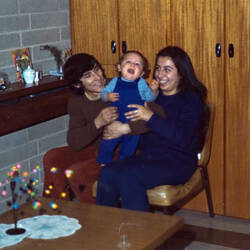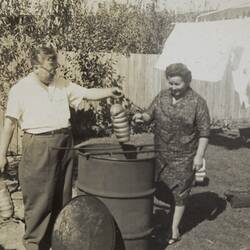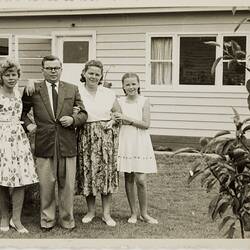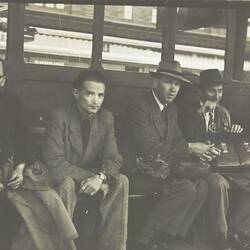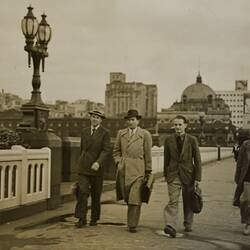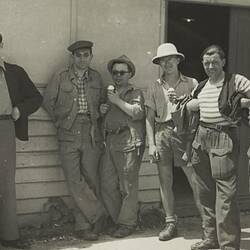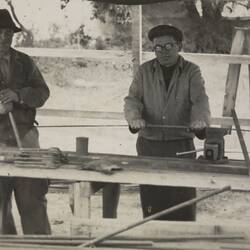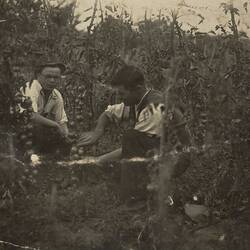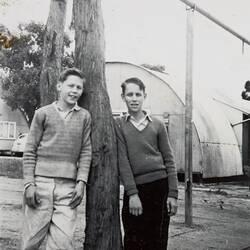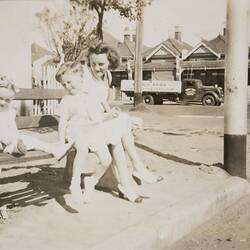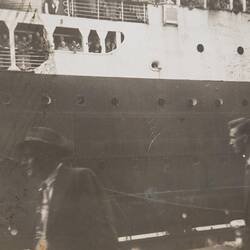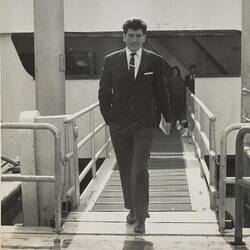In the years after World War II, immigration changed the face of Victoria. In a drive to increase national security and post-war economic development, nearly three million immigrants arrived in Australia between 1945 and 1970, of whom almost a third disembarked in Melbourne. Amongst them were over 200,000 refugees. They came from countries as diverse as Italy, Greece and Latvia, although almost every second immigrant still came from Britain. Australia's immigration program became the second largest in the world, relative to its population (the largest being Israel).
The 1958 Migration Act finally removed references to race, opening the door to non-discriminatory immigration policy. However, non-European immigration to Australia remained limited until the passage of the Racial Discrimination Act in 1975.
At a time when inexpensive cameras were affordable to most, photographs provide an important record of these changing times: immigrants arriving in Melbourne, staying in migrant hostels, building their first home, celebrating family weddings and birthdays, children playing in the streets and family holidays by the beach. New suburbs are seen growing from bare fields, and old suburbs take on new appearances. Collectively, such photographs mark out the construction of life in a new country: new social networks, new places to live, key moments, and ways that ideals are fulfilled or challenged.
More Information
-
Keywords
-
Authors
-
Article types

